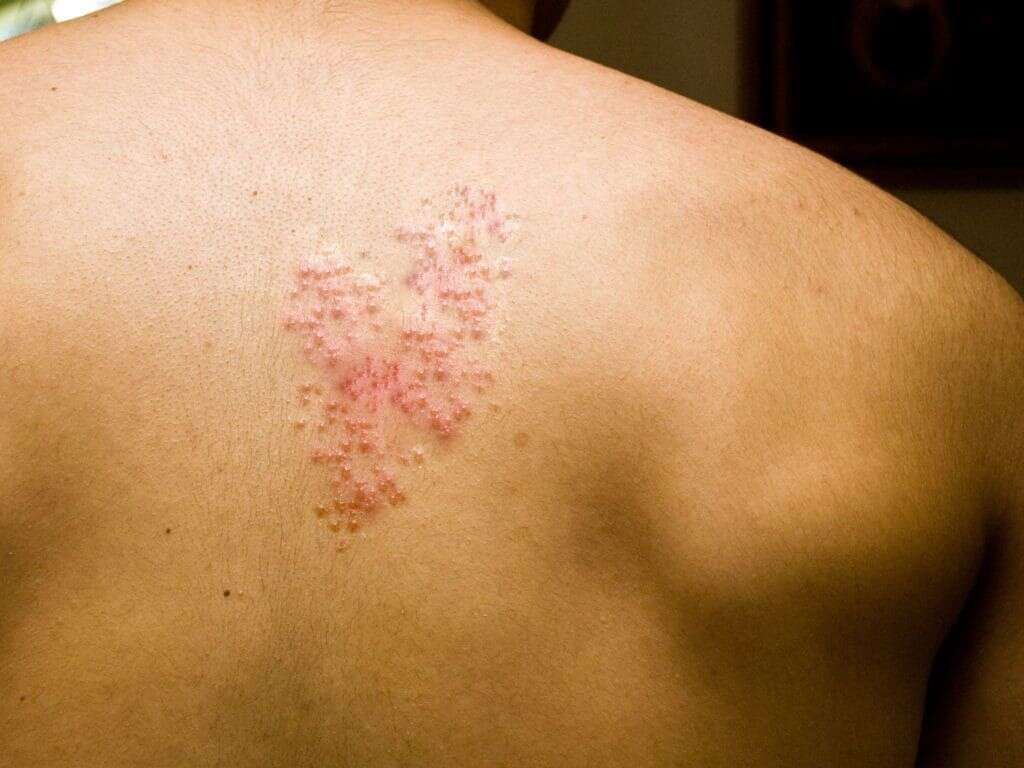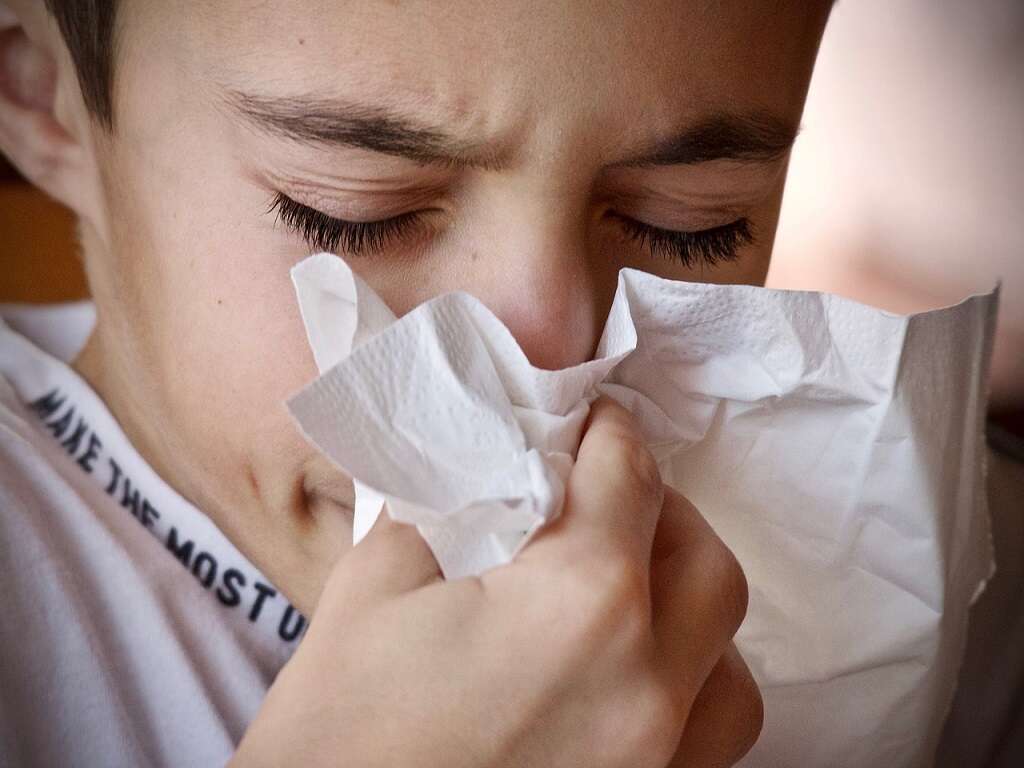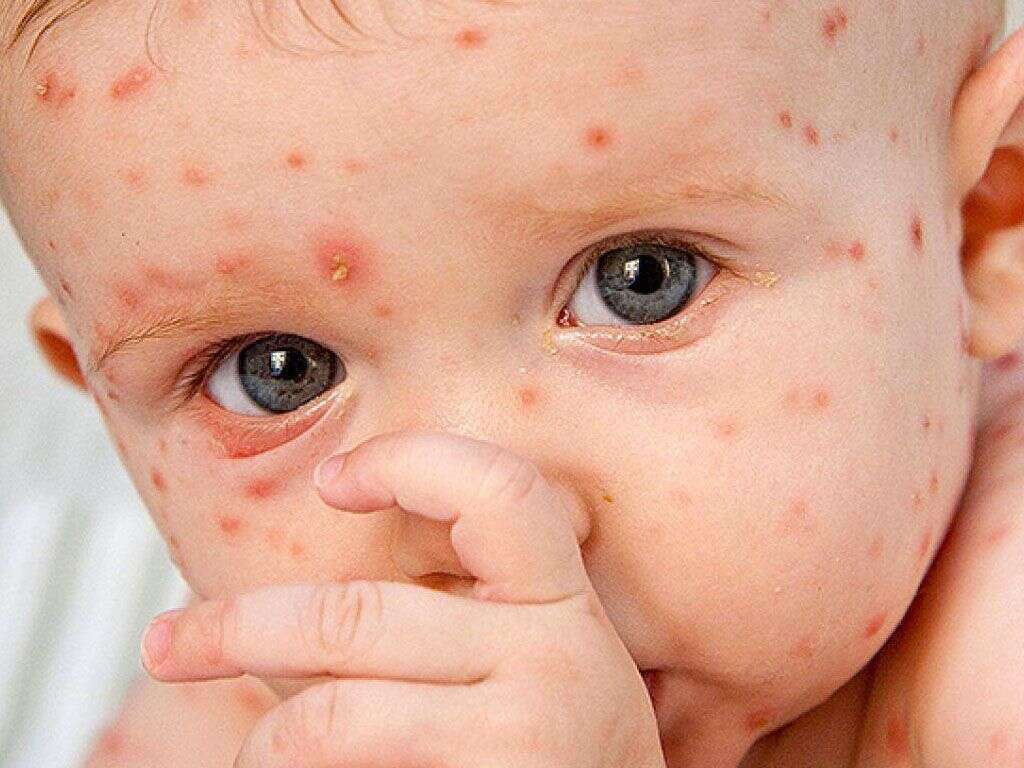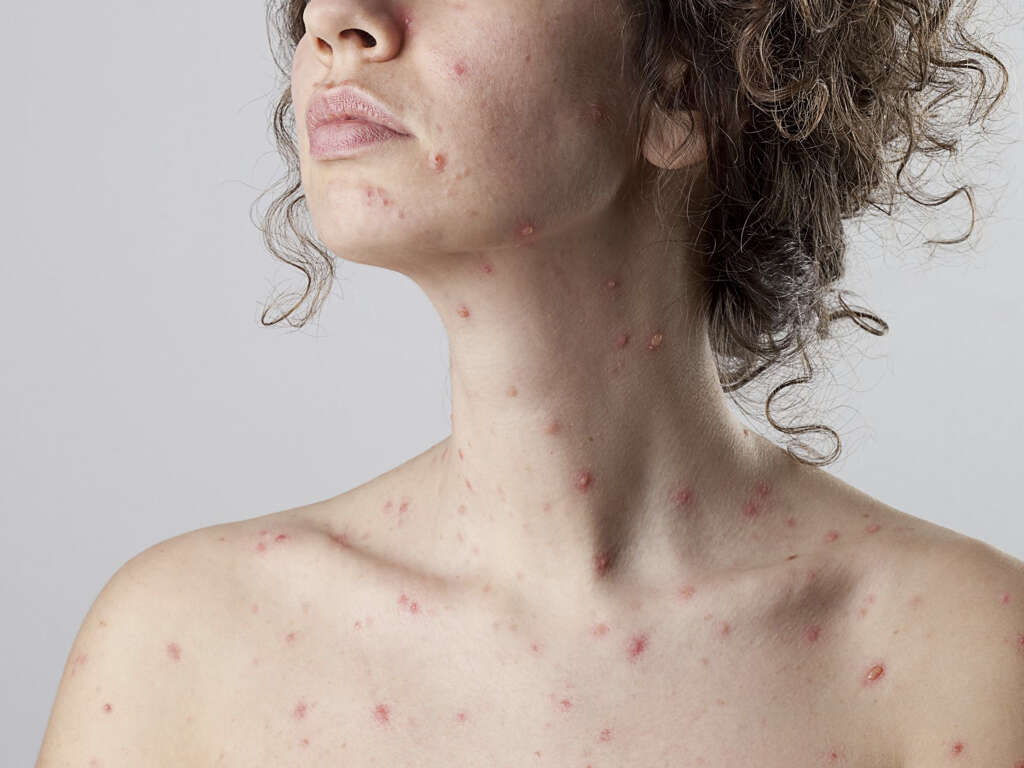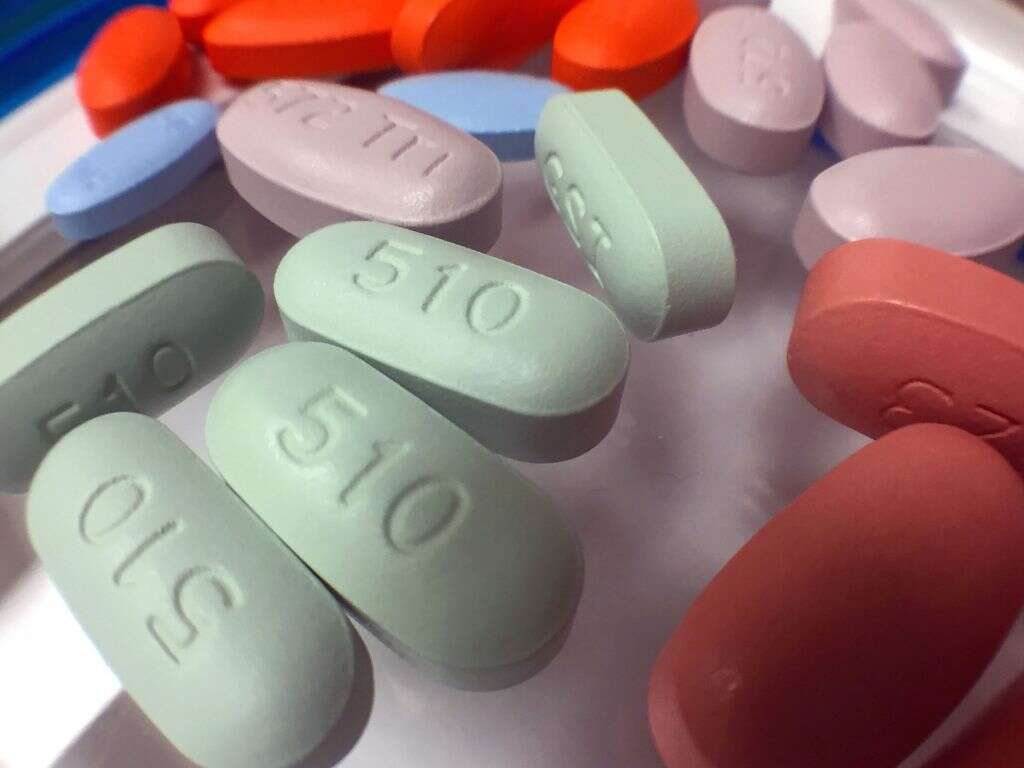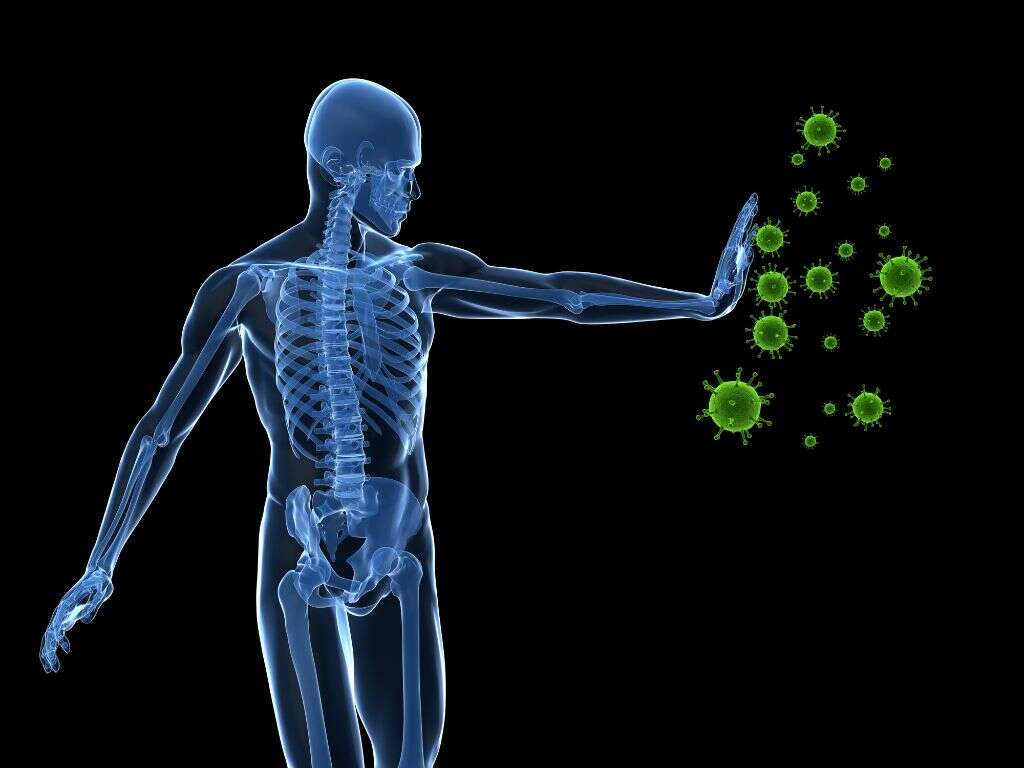What Causes Shingles?
2. Signs and Symptoms - Body
Some of the earliest signs and symptoms of shingles are malaise (a general feeling of discomfort or being unwell), headache, and fever. These symptoms are often followed by paresthesia (numbness, tingling), itching, burning pain, and hyperesthesia (increase in sensitivity to stimuli). Pain can range from mild to extreme in the affected area with sensations that can be described as numbing, aching, stinging, tingling, or throbbing.
In children, shingles is often painless. However, the disease tends to be more severe with age. The appearance of a rash is limited to the affected dermatome resulting in a belt-like or stripe patter that does not cross the midline. The rash then becomes vesicular and forms small blisters that are filled with serous fluid. These vesicles then darken and become cloudy as they fill with blood. Crusting occurs within 7 to 10 days. Once the crusts falls off, the skin heals, but may result in some scarring.
Advertisement




